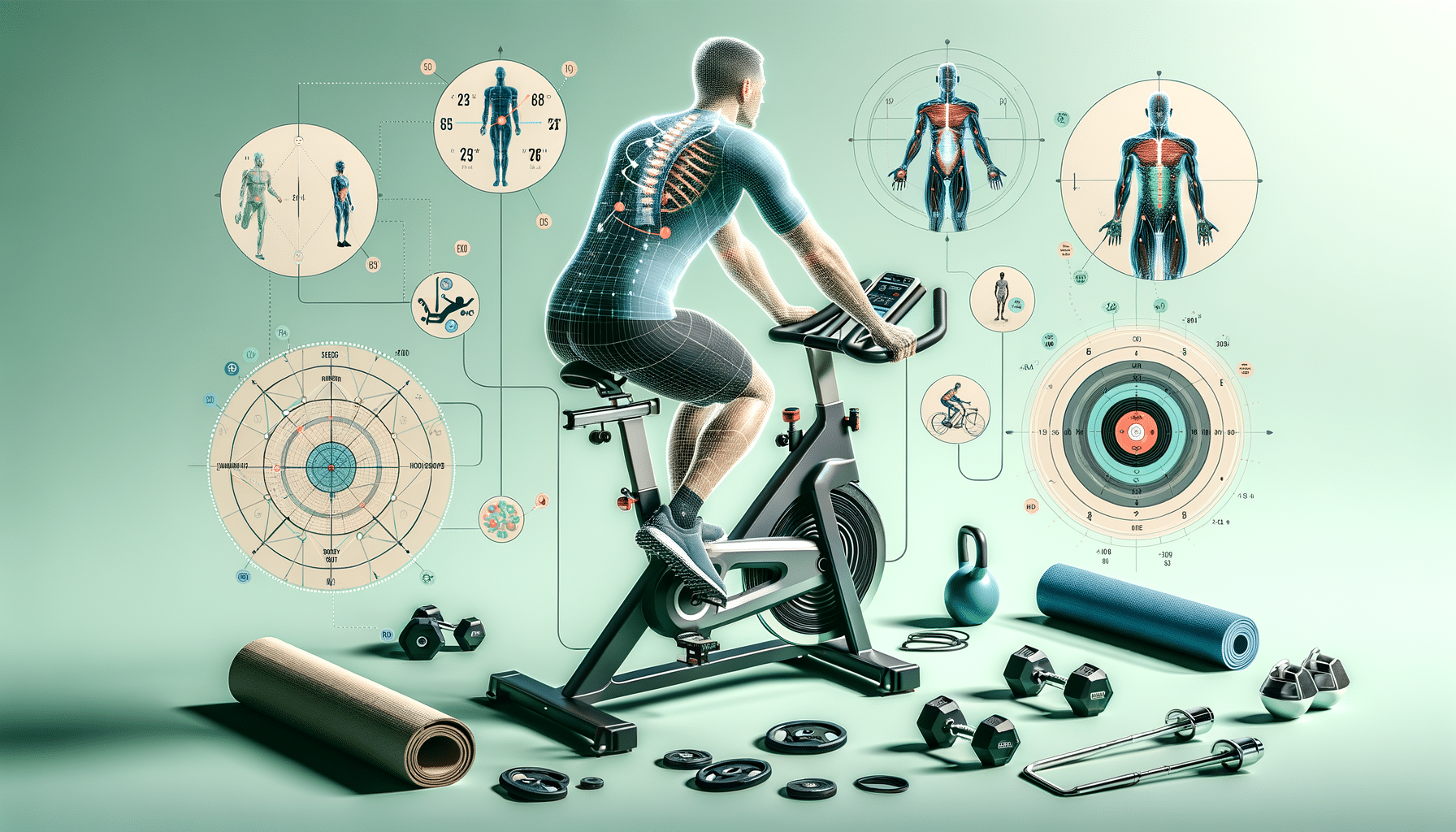
How to Enhance Your Posture for Effective Indoor Cycling
Understanding the Basics of Indoor Cycling
Indoor cycling, often referred to as spinning, is a popular cardiovascular workout that offers numerous benefits. It involves using a stationary bike, allowing participants to simulate the experience of cycling outdoors. This exercise is highly effective in burning calories, improving cardiovascular health, and enhancing muscle tone, especially in the lower body. However, to maximize these benefits, maintaining proper posture is crucial.
Proper posture not only helps prevent injuries but also ensures that you engage the right muscle groups effectively. When you sit on the bike, make sure your back is straight, shoulders relaxed, and core engaged. Your knees should be slightly bent at the bottom of the pedal stroke, and your hands should rest lightly on the handlebars.
By focusing on posture, you can also improve your breathing, which is essential for sustaining energy and endurance throughout the workout. As you cycle, aim to maintain a steady rhythm and avoid hunching over, which can lead to strain on your neck and back.
In summary, understanding the basics of indoor cycling and the importance of posture is the first step to a more effective workout. With the right approach, indoor cycling can be a rewarding and enjoyable part of your fitness routine.
Posture Tips for Enhanced Performance
To get the most out of your indoor cycling sessions, consider incorporating these posture tips into your routine:
- Adjust the Bike Properly: Ensure that the seat height is at hip level when you stand next to the bike. This allows for optimal leg extension during pedaling.
- Engage Your Core: A strong core supports your back and helps maintain balance. Keep your abdominal muscles tight throughout the session.
- Relax Your Shoulders: Tension in the shoulders can lead to discomfort. Keep them relaxed and away from your ears.
- Focus on Breathing: Proper breathing enhances oxygen flow, which is vital for muscle performance. Practice deep, rhythmic breathing to maintain energy levels.
- Monitor Your Hand Position: Switch hand positions on the handlebars to prevent fatigue and promote circulation.
By integrating these tips, you can enhance your performance and enjoy a more effective workout. Remember, consistency and attention to detail are key to making progress in indoor cycling.
Common Mistakes and How to Avoid Them
Even seasoned cyclists can fall into the trap of poor posture habits. Here are some common mistakes to watch out for and how to avoid them:
- Hunching Over: This is a frequent mistake that can lead to back and neck pain. Focus on keeping your back straight and shoulders relaxed.
- Over-Gripping the Handlebars: Holding the handlebars too tightly can cause tension in the arms and shoulders. Keep a light grip and let your legs do the work.
- Ignoring Core Engagement: A weak core can result in poor posture and decreased power. Regularly incorporate core-strengthening exercises into your routine.
- Improper Seat Height: A seat that is too high or too low can cause knee discomfort. Adjust the seat so that your knees have a slight bend at the bottom of the pedal stroke.
Avoiding these common mistakes can significantly enhance your indoor cycling experience. By paying attention to your posture and making necessary adjustments, you can prevent injuries and enjoy a more efficient workout.